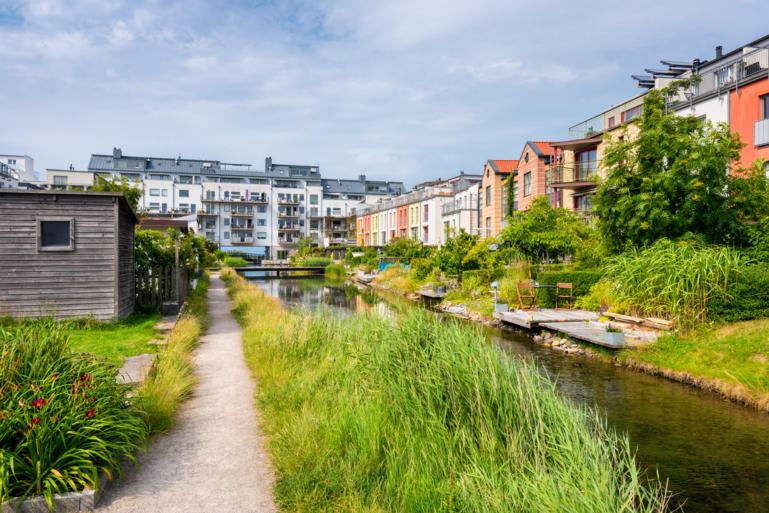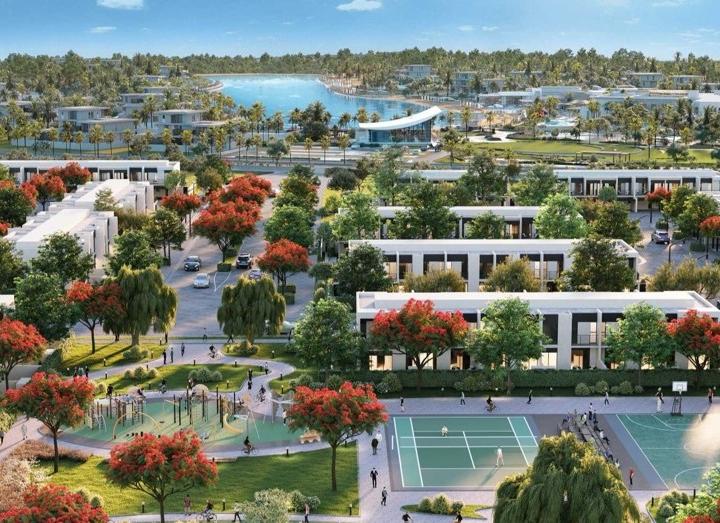Healthy people & environment
Healthy people & environment
The ways that we engage with the spaces in which we live and work have transformed dramatically in recent years. There is a growing recognition that these spaces have a huge influence on almost every aspect of our lives- from how we sleep and socialize to how productive we are. Consideration of the mental, social, and physical health and wellbeing of occupants and citizens should play a central role in the design and construction of the built environment. Buildings should be comfortable, secure, and safe spaces that provide the opportunity for positive social interaction and healthy lifestyles.
The physical and mental health of the human population is intrinsically linked to biodiversity and the health of the natural world. Therefore, the built environment should also integrate green spaces and areas that protect and promote the growth of natural systems.
Principles:
-
Green spaces:
- Urban areas are designed to ensure universal access to green spaces, connecting people with nature and bringing about physical and psychological benefits.
- Buildings and infrastructure are designed with the health and wellbeing of end-users in mind. This is done in terms of:
- Clean air, congestion, noise and overall sensorial wellness.
- Healthy construction materials to ensure indoor air quality.
- Design parameters that should include consideration of mental, social and physical aspects of health and wellbeing.
- Enhanced management of noise and temperature for optimal working and living conditions.
- Access to natural light.
-
Natural biodiversity is enhanced by:
- Recognizing Natural systems (forests, mangroves, wetlands) pivotal role in promoting healthy and sustainable environments for city inhabitants.
- Accounting for value of nature appropriately based on benefits and services it provides.
- Scaling up efforts to ensure nature, especially endangered plant species, is effectively protected in the design and construction of the built environment.
- Nature is not just preserved, but its habitats are enriched and biodiversity is enhanced where possible.


